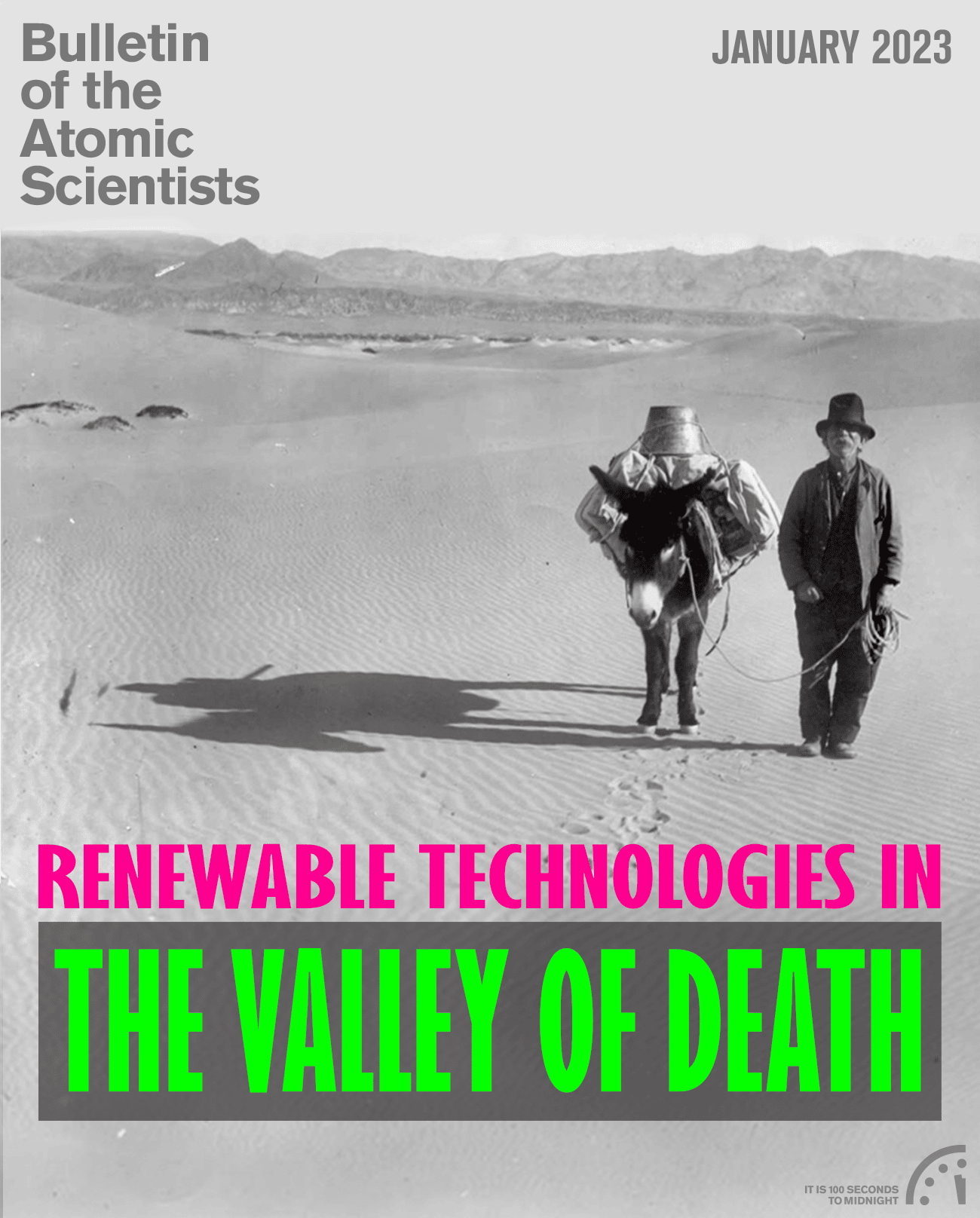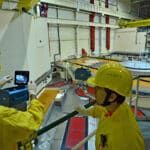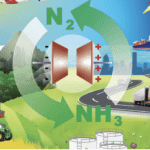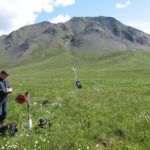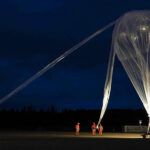Introduction: Why some renewable technologies will perish—and others succeed
By Dan Drollette Jr | January 16, 2023
Introduction: Why some renewable technologies will perish—and others succeed
By Dan Drollette Jr | January 16, 2023
When this issue was first conceived, Congress was in the agonizing throes of birthing a climate bill. The Inflation Reduction Act that was eventually passed contains $370 billion to cut carbon emissions by 40 percent below 2005 levels by the end of this decade—and it contains some of the biggest investments in clean energy in US history, including familiar standbys such as wind, solar, batteries, electric vehicles, and heat pumps, but also more speculative technologies.
Now that the mid-terms are over and a new Senate and House (finally) sworn in, the country’s attention can go back to the actual nuts and bolts of what this bill means—and its effects could be enormous. In the words of PBS NewsHour: “Congress hopes to make clean energy so cheap in all aspects of life that it’s nearly irresistible… [T]he climate incentives in the Inflation Reduction Act are designed to make the already plummeting costs of renewable energy substantially lower at home, on the highways and in the factory. Together these could help shrink US carbon emissions by about two-fifths by 2030 and should chop emissions from electricity by as much as 80 percent.”
It’s an exciting moment. But at the end of the day, the big question is: What new, climate change-fighting technologies will come of all this money? And to drill down even further, what factors, exactly, will determine which of those renewable technologies will succeed and which will fail?
More than just which technology contains the most elegant engineering solution is at play; in the old days, Beta was always considered better than VHS—but VHS triumphed as the videotape recording vehicle, while Beta floundered. Or to give a more recent example, MapQuest introduced a generation to finding driving directions online, but Google and Apple ultimately won the war for online mapping. And right now, there is a battle over which video-conferencing app is better: Zoom or Microsoft Teams. (The jury is still out on that one.)
To help answer the question of why some new renewable technologies will fail while others thrive, the Bulletin turned to Jeff Hecht, who has been writing about the field of high technology for more than 40 years. Hecht says that if there’s one thing he’s learned, it’s that it’s awfully hard to pick out what one promising laboratory curiosity will overcome the obstacles to become a big hit in everyday life. But certain attributes do keep popping up in the technologies that become winners. In his article “Why do some promising technologies enter a so-called ‘Valley of Death’ ” Hecht makes a few observations from a lifetime spent covering this fascinating field—and throws in his gut feeling as to what will be the early leader in renewables technology, with a serious impact by 2039.
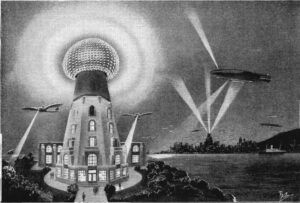
In a completely different line of inquiry, Douglas Macfarlane of Monash University in Australia writes in this issue of the Bulletin of one largely un-sung, promising new approach to the storing, transport, and use of energy: ammonia. Macfarlane considers it “the future of fuels.” Or, as he told the on-line version of Science: “Liquid ammonia is liquid energy… It’s the sustainable technology we need.” (Macfarlane is not the only one who thinks so. Deep thinkers such as Czech-Canadian scientist and policy analyst Vaclav Smil says that the pillars of modern civilization can be winnowed down to just four items: steel, cement, plastic, and … ammonia.)
Sam West offers another angle on determining the likely green technology winners. A clinical psychologist by trade, West argues that the biggest thing holding back any new renewables technology (or, indeed, any innovation) is simple fear of failure, which can be very public and very embarrassing.
But a little failure can be good for you, says West in his Bulletin interview—so long as you use that failure as an opportunity to find out what went wrong, fix it, and then try again with a new iteration(s). To help us all accept the idea of embracing failure as a necessary—if painful—step, West founded “The Museum of Failure.” By showcasing botched products and ideas and celebrating the role that failure plays in innovation, the museum aims to destigmatize failure and help people recognize it as a prerequisite to progress. The museum has been a big success, judging from the number of like-minded organizations it spawned. Indeed, the Musuem of Failure seems to have started an entire movement.
The mission statement of one of those like-minded organizations, Fuckup Nights, sums up the impetus behind that movement this way: “Each month, at events around the world, we get three or four people to face a room full of strangers to share their own fuckup. Stories of businesses that go bust, partner deals that fall out, products that have to be recalled—we tell it all.”
Together, we make the world safer.
The Bulletin elevates expert voices above the noise. But as an independent nonprofit organization, our operations depend on the support of readers like you. Help us continue to deliver quality journalism that holds leaders accountable. Your support of our work at any level is important. In return, we promise our coverage will be understandable, influential, vigilant, solution-oriented, and fair-minded. Together we can make a difference.
Keywords: Carbon emissions, Tesla, climate change, inflation reduction act, photovoltaics, renewables, renewables technology, solar cells, startups, wind
Topics: Climate Change, Special Topics

